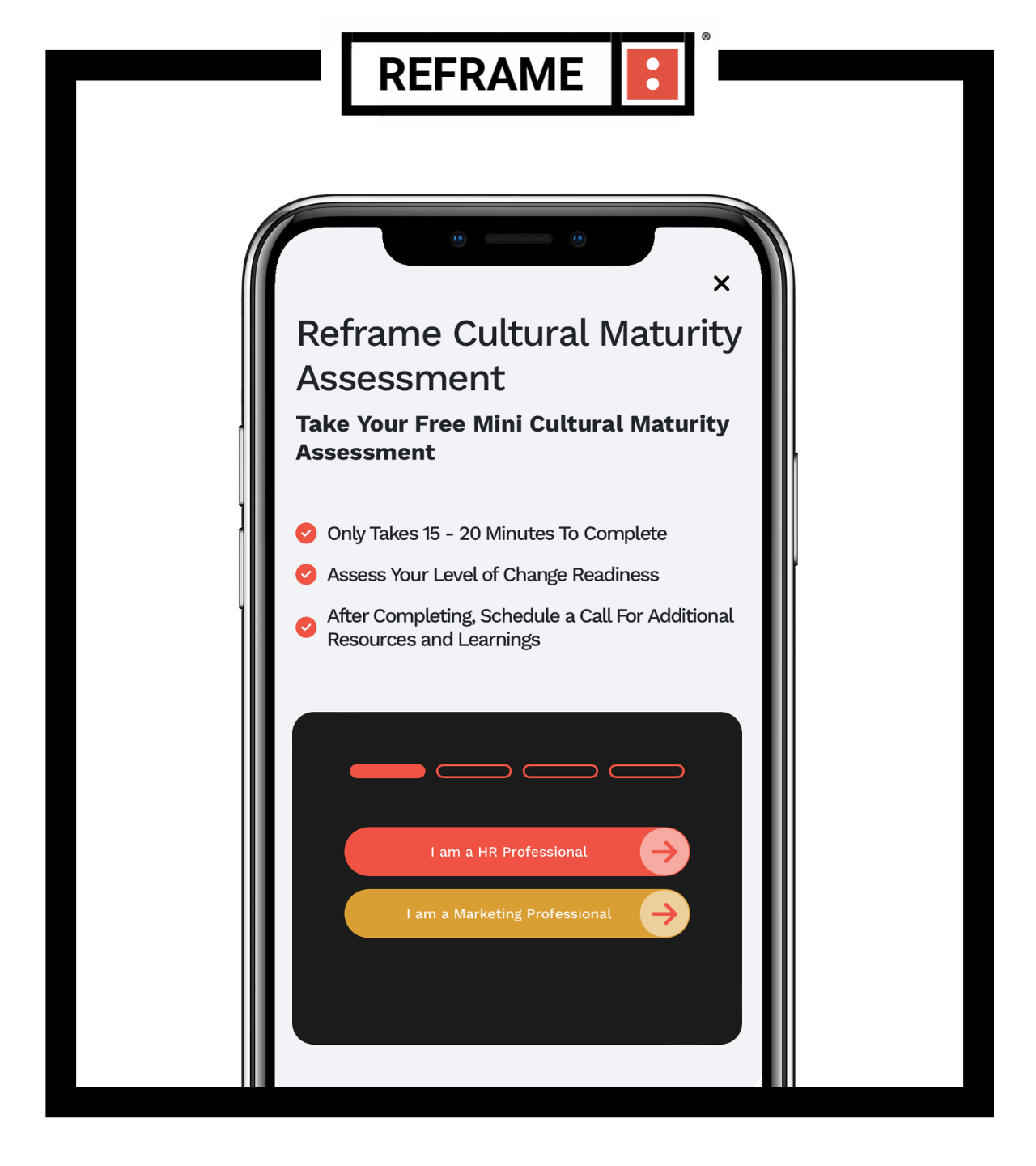The Age of Accelerations
The Workplace Must Change To Meet The Demands of the New Marketplace
What if I told you that over the last five decades the approach that companies and agencies have used to address the marketplace and how companies attract and retain women and minorities in the workplace share the same problem? What if I said after 15 months of researching the issue, we believe we have the solution and that solution lies first in correcting the workplace? You would likely say where is this solution and where’s the evidence?
Over the last 15 months, Reframe, conducted an industry study with the goal of unpacking the disconnect between the industry and the new marketplace. We wanted to better understand the contributors to the disconnect. In doing so, we first learned that there’s a lot of misunderstanding of the Total Market topic by many in the industry and that this misunderstanding has led many astray. These findings can be reviewed in the industry’s first State of the Total Market Industry Report.
Our key finding from the State of the Total Market Industry Report? Most corporations are two generations culturally removed from the new marketplace©.
The world is accelerating… too damn fast.
To quote Thomas Friedman, author, “we are living in an age of acceleration…. just too damned fast.” In 2020, for the first time in recorded history, people who identify as two or more races are predicted to be the main topic. Why? America is not what it once was.
In every US Census to date, individuals were given the option to select one race or ethnicity, or write one in. One. Generation Z will be coming of age in 2020 and the majority of that population does and will identify as multiple races and ethnicities. How do we account for a growing majority of people who literally do not “fit in a singular box?” That’s a problem for the US Census to fix.
But how do we as marketers begin to understand and connect with individuals that we cannot describe? How do we pull data, glean insights, and engage individuals when our data, insights, and even media buys are still tied to a dated structure? And, how do we say “we get you” when our corporations are comprised primarily of individuals who do and have always selected one box?
We can start by understanding how we got here…
The origins of the workplace and marketplace practice and adoption began during the Industrial Revolution Era and morphed during the Civil Rights era. In the 19th century, racial and ethnic make-up was documented (as data) as it related to property and thus taxation. Following emancipation the practice was continued for many reasons.
Flash forward more than 100 years later, during the Civil Rights era, corporations used the data for strategic programs aimed at driving compliance outcomes. The objective was to create a diverse and later inclusive workplace. This enabled diversity to become a monitored part of talent prospect and acquisition levels beginning at the entry level and continuing throughout the employee lifecycle.
Next followed the invention of employee resource groups (ERGs) formed to drive workplace initiatives for employee retention and inclusion. These were met with some success for many decades. Some employees from more diverse backgrounds made it through the employee lifecycle to become senior leaders, but for many reasons the ratio still to this day does not reflect the population. To many senior managers it seemed the workplace would reflect the marketplace… eventually.
But the age of acceleration means that younger, diverse and massive generations are coming to age at a faster pace than the senior management ratio can be adjusted to reflect these individuals. They’re demanding a lot and they’re spending a lot. And it’s changing at a rate that leaves most workplaces two generations behind the largest generation in our nation’s history.
So what can we do about it? How can we future proof our businesses?
We can work to #closethegap culturally between the workplace and new marketplace, through investments in insights and executive education. And, aim to implement a new approach.
Interested in learning more about how to capture your total addressable market? Please be sure to check out these posts:
Why Total Market: Why Now
Moving Beyond Quotas
Or get the industry’s first report on The State Of The Total Market Industry Vertical here.
Related Blog Articles






